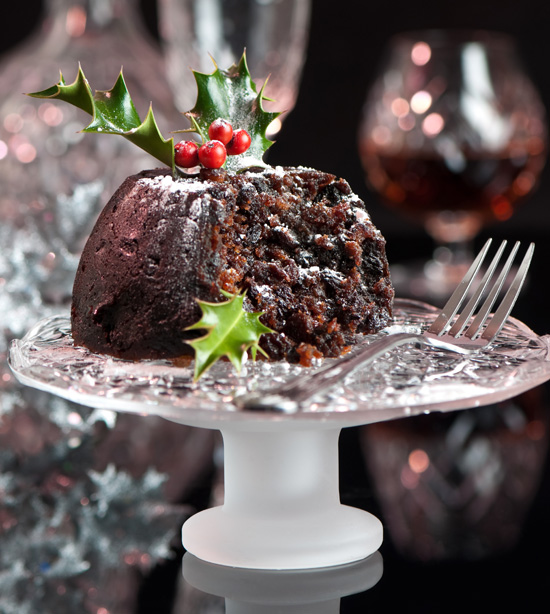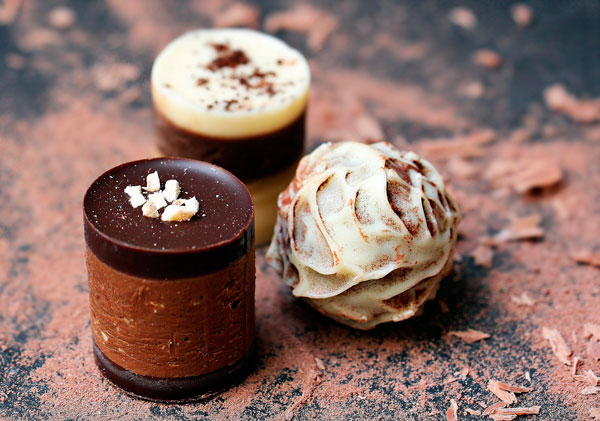By Kayley Loveridge
Christmas puddings are the brandy-drenched, blazing flourish that round off the traditional British Christmas dinner. However, this Yuletide staple was not always the bowl-shaped sweet dish we know it to be today. Dating as far back as the Middle Ages, the pudding appeared to have had two main ancestors; the first were mince pies which were made with meat, dried fruits, alcohol and spices. The other was pottage, a soup-like savoury dish with grains, fruits and spices that was ladled onto the plates of guests as a starter to a meal. During this period, animals were slaughtered in the autumn as they often would not survive the harsh medieval winters. The fruits, spices and alcohol involved in these eclectic recipes helped to preserve the meat for months to come.
With an abundance of dried fruit available after the 16th century and the development of better preservation methods for meat, the pudding made its shift from a savoury dish to a sweet one. It was cooked into something similar to a pie and was either boiled in a cloth or steamed in a bowl. People began to thicken the mixture with ground almonds, breadcrumbs and suet and binding it with eggs. It became known as plum—or figgy—pudding. The word ‘plum’ was a generic term used to describe dried fruits; most commonly grapes or raisins.
The plum pudding’s association with Christmas Day rose to prominence during the Victorian era. Charles Dickens, in his beloved novel A Christmas Carol (1843), described the dish as central to Christmas tradition: ‘In half a minute Mrs. Cratchit entered: flushed, but smiling proudly: with the pudding, like a speckled cannon-ball, so hard and firm, blazing in half of a half-a-quartern of ignited brandy and bedight with Christmas holly stuck in the top.’
Not only a topic visited in English literature, the figgy pudding is a key subject in age-old carols we sing year on year. The lyrics ‘Now bring us some figgy pudding’ and ‘We all like our figgy pudding’ proceed the first verse in the world-renowned Christmas carol, We Wish You a Merry Christmas.
The pudding brings with it a rich heritage that is also set with long-standing traditions. Families during the Victorian period prepared the pudding on Stir-up Sunday—the first Sunday before Advent—to allow it to develop and mature before the big day. Each member of the family would take turns to stir the mixture; a practice that was thought to bring good luck in the new year. Most recipes for Christmas pudding involved 13 ingredients, each representing Christ and the apostles. The sprig of holly used to decorate it represented the crown of thorns worn by Jesus and the lighting of the pudding symbolised the passion of Christ. People would also cook a sixpence coin into the mixture which was thought to bring luck to whichever person found it on their plate on Christmas Day.
Nowadays, the religious symbolism associated with the pudding has waned, but its place in our festive repertoire steadily remains.



